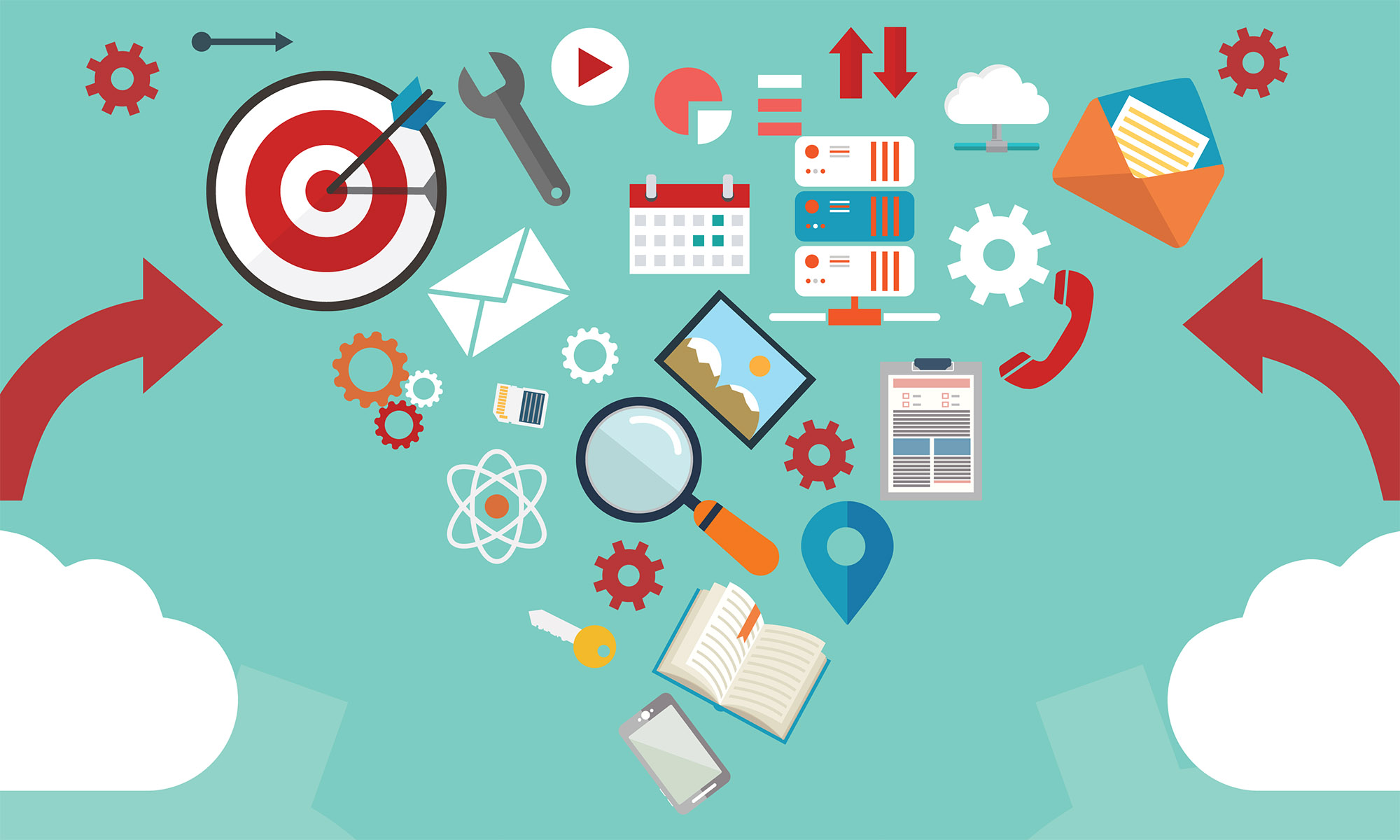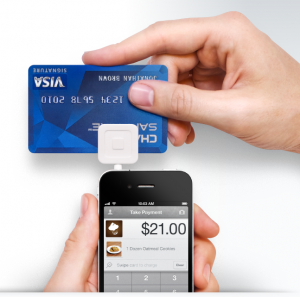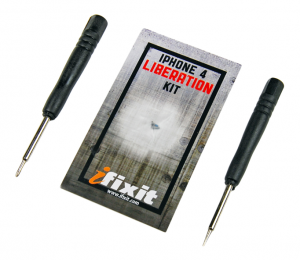The Startup Foundry website published an interview with a software programmer, one of the cofounders, Jonathan Deutsch, of Tumult Co. He left a job at Apple to launch a startup.
I was faced with the decision of continuing to work with the great people on my team on a clearly high impact project, living with the “what if” syndrome, or trying to forge my own path. ”Regret Minimization” is what should win out in life, so it did. I had done a lot of different projects at Apple, and felt I made my mark both internally on the company and externally on Mac OS X.
About his experience at Y Combinator:
YC is definitely worthwhile. The network effects are staggering… it gives any YC company an advantage in making the right contacts, finding investment, and being in a support net with others in the same boat. And if you’re starting a company, why wouldn’t you want every advantage available to you? Paul Graham, Paul Buchheit, and Harj Taggar all give great advice with brilliant ideas sprinkled in. The dinners are fun, and there’s a lot that we learned from the speakers. Most founders would come early before each dinner just to hang out and discuss their startups or demo their products. The atmosphere is electric and contagious.
Visit the Hype website. Unfortunately for Mac OS Leopard (10.5) users, the app requires 10.6. A bad decision for many thousands of us.



